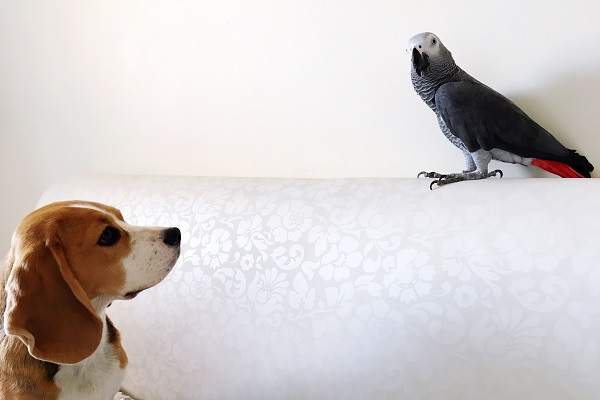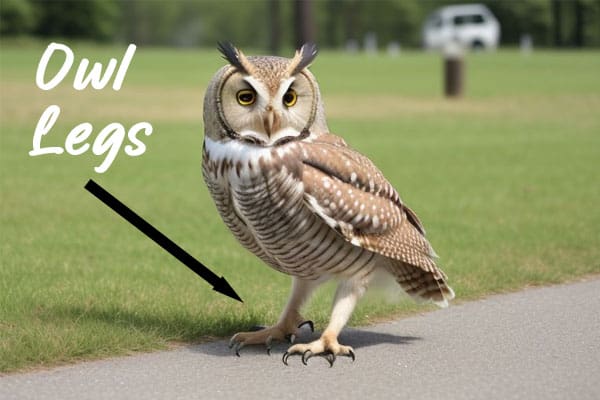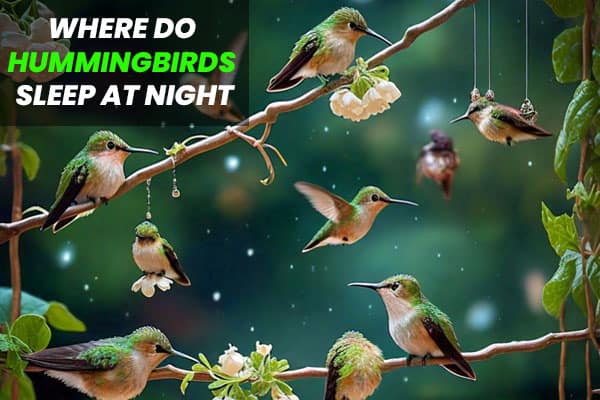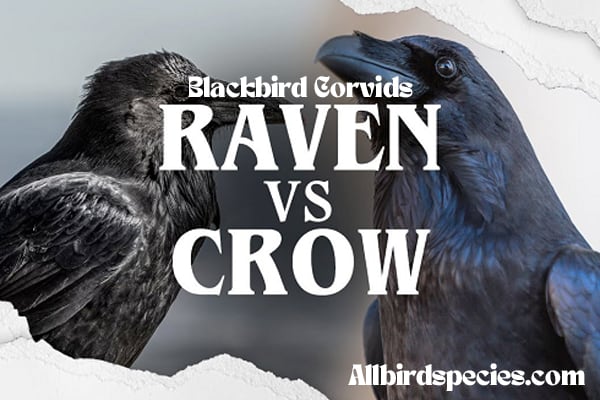Safe Strategies For Introducing Your Parrot to Dog
Introducing a parrot to a dog requires patience and caution. Such introductions, if done improperly, can lead to stress or injury for either animal. It’s essential that pet owners understand each species’ behavior and needs before facilitating a meeting. To set the stage for a positive introduction, start by allowing the pets to observe each other from a safe distance.
Use barriers such as baby gates to maintain separation while they grow accustomed to one another’s presence and sounds. Training your dog to remain calm and obedient around your parrot is crucial, as dogs may not initially understand that birds are not prey or toys. With these preparatory steps, pet owners can lay the groundwork for a harmonious interspecies friendship.

Assess And Prepare The Environment
Welcome to the critical first steps in cultivating a peaceful coexistence between your Parrots And Dogs. Ensuring a safe and welcoming environment is paramount for this introduction. Let’s take a look at how to best secure the space for both pets to thrive.
Secure The Parrot’s Cage
To ensure your parrot’s safety, the cage must be a sanctuary. Here are key points for cage security:
- Sturdy construction: Select a cage that’s tough for dogs to topple.
- Latches: Opt for a cage with dog-proof locks to prevent escapes.
- Elevation: A tall stand keeps the cage out of your dog’s direct reach.
- Location: Place the cage in a room frequented by family members, heightening safety through supervision.
Create A Safe Space For Your Parrot
Your parrot needs a retreat within your home free from dog interactions. Consider these suggestions:
- Separate rooms: Dedicate a room for your parrot where the dog is not allowed.
- Perch height: High perches enable your parrot to observe the dog at a safe distance.
- Visibility: Ensure your parrot can see the dog approaching, to avoid sudden stress.
- Escape routes: Include multiple landing spots within the safe space for your parrot’s comfort.
Teach Your Dog Basic Commands
Training is a must before making introductions. Your dog should master these commands:
- ‘Sit’: Keeps your dog still during initial meetings.
- ‘Stay’: Controls your dog’s movement around the parrot.
- ‘Leave it’: Prevents your dog from touching the cage or chasing the parrot.
With consistent training sessions, your dog will learn to remain calm and obedient in the parrot’s presence.
Introduce Your Dog And Parrot Through Visuals
Integrating pets takes patience and strategy, especially with a new parrot and dog. The key is to make them comfortable with each other’s presence without direct contact initially. This approach lessens risks and builds curiosity. Careful and calm introductions pave the way for a harmonious pet family.
Use A Visual Barrier
A clear visual barrier such as a baby gate or a plastic see-through divider board allows your pets to see each other without physical interaction. This ensures they can get accustomed to movements and presence. Place the barrier securely to prevent any breakthrough attempts.
- Place the parrot’s cage in a room your dog frequents.
- Set up the barrier at a safe distance from the cage.
- Monitor both pets for signs of agitation or excitement.
- Keep sessions short and sweet for the best outcomes.
Familiarize Your Parrot With Your Dog’s Scent
Scents play a crucial role in how pets perceive their environment and each other. Introducing your parrot to your dog’s scent can help create a sense of familiarity. This is a calm way to start the bonding process.
| Step | Action |
| 1 | Collect a scent item from your dog, like a blanket or toy. |
| 2 | Place the item near the parrot’s cage. |
| 3 | Let the parrot explore the scent at its own pace. |
Repeat this process regularly to reinforce scent recognition. It is a slow but effective means to ensure a smooth future introduction.
Introduce Your Dog And Parrot Through Sound
Introducing your beloved parrot to your dog takes time, patience, and a clever approach—like using sounds. This method helps your parrot get accustomed to your dog without direct contact. It’s a safe and stress-free way to start their friendship.
Begin With Low-volume Dog Sounds
Start the introduction with a recording of dog sounds at a low volume. Play this in the room where your parrot feels most comfortable. Keep the sessions short. Monitor your parrot’s reaction, looking for signs of calmness before moving on.
- Choose a quiet time of day when your parrot is relaxed.
- Keep distractions to a minimum to focus on the sounds.
- Observe your parrot closely for any signs of stress.
Gradually Increase The Volume Of Dog Sounds
Once your parrot seems peaceful with the sound at a low volume, it’s time to turn it up a notch. Gradually increase the volume over days or weeks. Always watch your parrot’s behavior. Ensure they stay comfortable with the new sound level.
| Volume Level | Duration | Parrot’s Response |
| Low | 5-10 minutes | Check for calmness |
| Medium | 15-20 minutes | Look for continued ease |
| High | 20-30 minutes | Confirm comfort |
A strong bond starts with safe, gradual introductions. By using sound, you lay the foundation for a peaceful and lasting relationship between your parrot and your dog.
Introduce Your Parrot And Dog Face To Face
Introducing your parrot to your dog takes careful planning and controlled first impressions. Imagine the excitement and the nerves as two very different animals meet. It’s a moment that sets the tone for their future relationship. Safe, face-to-face introductions can create a foundation for a peaceful coexistence. Here’s how to ensure this crucial meeting goes smoothly.
Monitor Body Language
Observing your pets’ body language during their first interaction is vital. Parrots often show stress by fluttering wings or shrieking. Dogs might wag their tails or growl. Peaceful body language means calm, relaxed postures and soft, inquisitive looks. Separate them at any sign of discomfort.
Keep Initial Encounters Short
Short and sweet is the key for successful first meetings. Limit the first face-to-face encounter to a few minutes. This reduces stress and leaves a positive, lasting impression. Gradually increase meeting times as both pets show signs of comfort and acceptance.
Reward Positive Interactions
Rewards reinforce good behavior. Offer your dog treats for calm behavior near the parrot. Give your parrot its favorite snack for staying relaxed. These positive reinforcements help your pets associate each other with good experiences, building a bond of trust.
Must Read about Small Green Birds in Florida
Monitor And Supervise Interactions
Introducing your parrot to your dog requires patience and attention. It’s vital to always be present during their interactions. Observing their behavior closely helps prevent accidents. Take note of body language. A calm, curious attitude is good. A stiff, fixed posture means pause the meeting.
Continue To Reinforce Positive Behaviors
Reward both pets for good behavior. Treats for calmness or ignoring each other helps. Use a friendly tone. Pets associate this with positive experiences. Repeat this process regularly.
- Gentle words for calm reactions
- Treats for peace
This steady routine builds trust and cooperation between your parrot and dog.
Separate Your Parrot And Dog When Necessary
Dog excited or parrot stressed? It’s time for a break. Put your parrot back in its cage or move your dog to another room. Use this separation to reassess their readiness to interact. Here’s when you should separate them:
| Sign from Parrot | Sign from Dog |
| Fluffed feathers | Excessive barking |
| Retreating | Lunging forward |
These signs indicate discomfort. Ensuring safety comes first.
Conclusion
Bringing together a parrot and a dog can be a harmonious affair with the right approach. Stay patient, attentive, and consistent with supervision. Trust and safety are paramount. Remember, gradual introductions pave the way for a peaceful coexistence between your feathered and furry friends.
Good luck!






